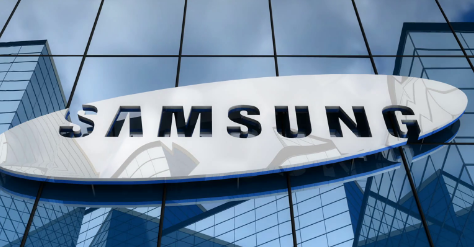Samsung Secures IoT Node-to-Cloud
Samsung announced a soup-to-nuts security offering for the Internet of Things. It is part of the Korean giant’s ambitions to carve out a business in chips for IoT end nodes and gateways as well as cloud services that include machine learning.
As the next step in that direction, Samsung will start shipping a suite of secure IoT products in November. They span modules with a hardware root-of-trust to encryption and authentication of over-the-air software updates, applications, and cloud services.
“We believe that security will become a strong value proposition in this space and it will only get stronger … [overall,] our strategy is that we want to be an IoT company internally and externally,” said James Stansberry, general manager of Samsung’s Artik IoT group.
For Samsung, IoT represents an opportunity to sell a wide variety of processors, memories, and connectivity chips integrated into modules. It also is part of a move to court developers to write cloud-based apps that could serve everything from Artik IoT customers to Samsung’s own increasingly connected systems that range from smartphones to refrigerators.
“It’s a multidimensional play involving devices, mobile, and consumer electronics,” said Stansberry, who joined Samsung a year ago after running the IoT group at Silicon Labs.
On the semiconductor side, Artik spans a range of chips from integrated ARM Cortex-M microcontrollers to eight-core applications processors. Today, most of the chips inside its modules, first launched in mid-2015, are from third parties — but that will change.
“In the beginning, there was little Samsung content, but we are gradually replacing chips with Samsung silicon,” he said.
For example, an end-node module announced in May includes a Samsung three-core ARM chip with integrated Wi-Fi. Another Samsung integrated chip for end nodes will ship early next year, followed by a Samsung gateway processor with connectivity chips from a third party.
Stansberry would not discuss the size of the IoT group’s business. Its use of Samsung chips “is modest at this point, but the objective is to increase it,” initially focusing on local area connectivity sweet spots such as Bluetooth, Wi-Fi, Thread, and zigbee aimed at homes, factories, and commercial buildings.
Market watcher IC Insights ranked Samsung as fourth in 2016 microcontroller sales behind NXP, Renesas, and Microchip. The Korean giant had estimated MCU revenues of $1.87 billion, down 14% from $2.17 billion in 2015, partly because of weak demand for smartcard MCUs. Today, most of the company’s MCUs that don’t go into smart cards are used in Samsung’s own systems, it said.
Samung’s secure modules will use a standalone secure element to support key storage for secure boot and other features. They will use a variety of standards for encryption, authorization, and signed apps. The company is also expected to roll out cloud-based machine-learning services before the end of the year.
在线留言询价

Samsung cuts NAND flash memory production

Samsung is developing next-generation memory chips for large-scale AI applications such as ChatGPT
- 一周热料
- 紧缺物料秒杀
| 型号 | 品牌 | 询价 |
|---|---|---|
| CDZVT2R20B | ROHM Semiconductor | |
| TL431ACLPR | Texas Instruments | |
| MC33074DR2G | onsemi | |
| BD71847AMWV-E2 | ROHM Semiconductor | |
| RB751G-40T2R | ROHM Semiconductor |
| 型号 | 品牌 | 抢购 |
|---|---|---|
| STM32F429IGT6 | STMicroelectronics | |
| ESR03EZPJ151 | ROHM Semiconductor | |
| TPS63050YFFR | Texas Instruments | |
| BU33JA2MNVX-CTL | ROHM Semiconductor | |
| BP3621 | ROHM Semiconductor | |
| IPZ40N04S5L4R8ATMA1 | Infineon Technologies |
- 周排行榜
- 月排行榜
AMEYA360公众号二维码
识别二维码,即可关注


请输入下方图片中的验证码:
![[News] Samsung Fails to Secure Qualcomm’s 3nm Orders for the Coming Year, Dual Foundry Strategy Postponed [News] Samsung Fails to Secure Qualcomm’s 3nm Orders for the Coming Year, Dual Foundry Strategy Postponed](https://res.ameya360.com//basedata/oldassets/images/20231201/20231201145007_507.png)























